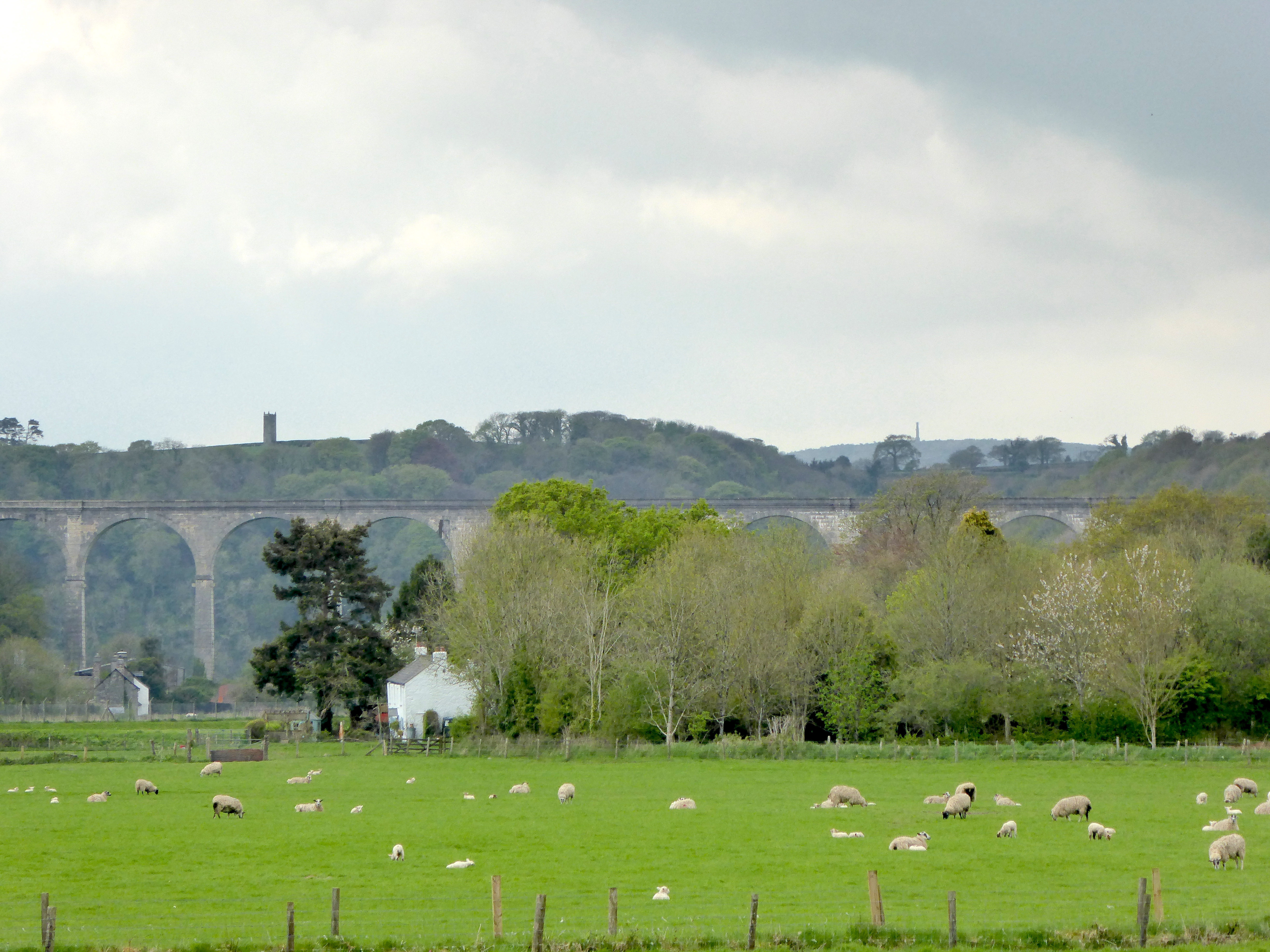About Calstock Parish
Calstock Parish is situated in South East Cornwall (UK), and borders the county of Devon. With a population of approximately 6000 and over 3000 households it is comprised of a number of villages: the larger ones being St Ann’s Chapel, Gunnislake and Calstock.
Much of the Parish is within the Tamar Valley Area of Outstanding Natural Beauty (AONB) and is also part of a UNESCO World Heritage site.
The fine landscape includes granite ridges, woodlands and rolling farm land. The River Tamar, with its attractive waterfront areas, forms the eastern border of the Parish – it is the River Tamar that separates Cornwall and Devon. Within the Parish there are many impressive remains of mine workings. The Parish has miles of footpaths and other public rights of way. The Calstock Footpath Society monitors these paths and has produced a series of walking guides. Many of these form part of the Tamar Discovery Trail.
A brief history of the Parish can be found on the Calstock History website. Which also hosts details of the Parish Archive
The vast majority of the parish is within the World Heritage Site. Calstock and Gunnislake have also been included as part of the Cornwall Industrial Settlements Initiative and parts of Calstock are within a conservation area.
Being in the WHS helps in the conservation, promotion and education of Cornish mining culture and identity, allowing the sites to be enjoyed by both current and future generations.
Other areas of interest within the parish, or adjacent to it, include: Hingston Down Quarry which- because of rare minerals found in the exposed quarry veins- is a Site of Special Scientific Interest (SSSI). Hingston Down Barrow is classed as an Area of Great Historic Value (AGHV) as is Kit Hill which is in the neighbouring parish and can be seen widely from Calstock Parish.
In the past, the parish has supported many forms of employment including market gardening, farming, wool trade (a mill was in use at Calstock), quarrying (Hingston Down quarry), mining (Drakewalls Mine), boat building, retail etc.
Unfortunately, automation, development (e.g.railway) and other factors have resulted (as in other areas) in the decline of many industries that did exist within the parish. Although there is employment such as the quarry, shops, boatyard etc these ventures are operating to a lesser extent than they did and there is an ever increasing need for residents to travel to main towns that lie outside of the parish boundaries.
However, the lack of major new developments has allowed the parish to retain much of its natural beauty, environment and charm.
